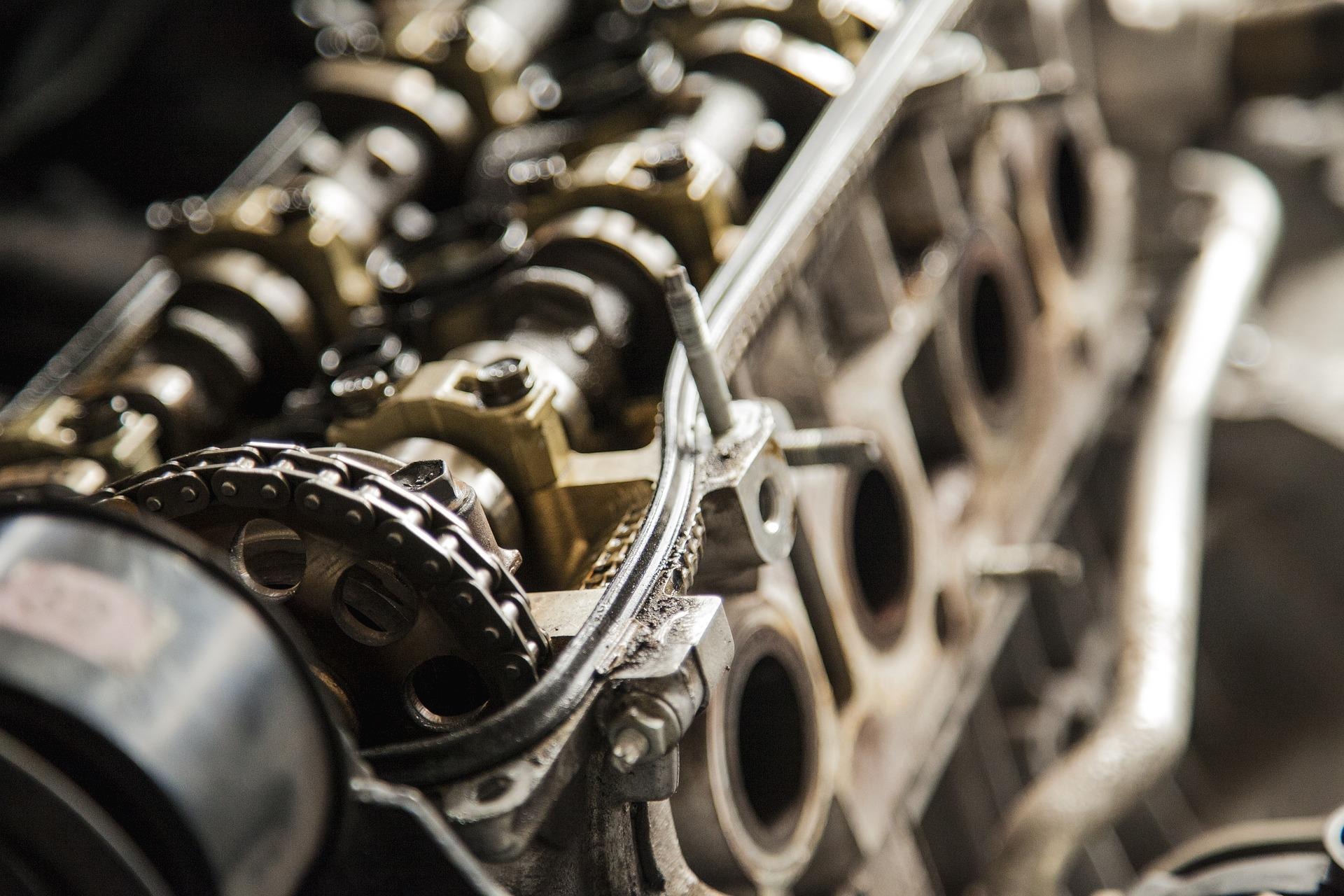 Ship Engine Basic Configuration
Ship Engine Basic Configuration
2019/04/10 - [자동차 & 선박 디젤 엔진 ] - INSTRUCTION MANUAL HEAVY DIESEL ENGINES!! INSTRUCTION MANUAL HEAVY DIESEL ENGINES!! Information sharing on diesel engines I am a Korean. Please understand even if I am not good at English. As I am interested in korea ship engines and korea car engines, I would like to share the inf.. ezexec2.tistory.com Ship Engine Basic Configuration The Diesel is designed as a ..
자동차 & 선박 디젤 엔진
2019. 4. 18. 15:27
공지사항
최근에 올라온 글
최근에 달린 댓글
- Total
- Today
- Yesterday
링크
TAG
- 선박부품
- 디젤엔진
- 조선단어
- 연금복권 당첨번호
- 배기
- 꿈풀이
- 꿈해몽
- 로또박사
- 엔진 정비
- 해양용어
- 해양플랜트
- 로또당첨번호
- 거버너
- bmw리콜
- 흡기
- 해양언어
- 인물꿈
- 로또1등당첨지역
- 해양단어
- 선박
- 해양조선
- 흡배기
- 조선용어
- 조선말
- 조선
- 선박용어
- 선박단어
- 오늘운세
- 의장
- 속도조절
| 일 | 월 | 화 | 수 | 목 | 금 | 토 |
|---|---|---|---|---|---|---|
| 1 | 2 | 3 | 4 | 5 | ||
| 6 | 7 | 8 | 9 | 10 | 11 | 12 |
| 13 | 14 | 15 | 16 | 17 | 18 | 19 |
| 20 | 21 | 22 | 23 | 24 | 25 | 26 |
| 27 | 28 | 29 | 30 |
글 보관함
반응형
